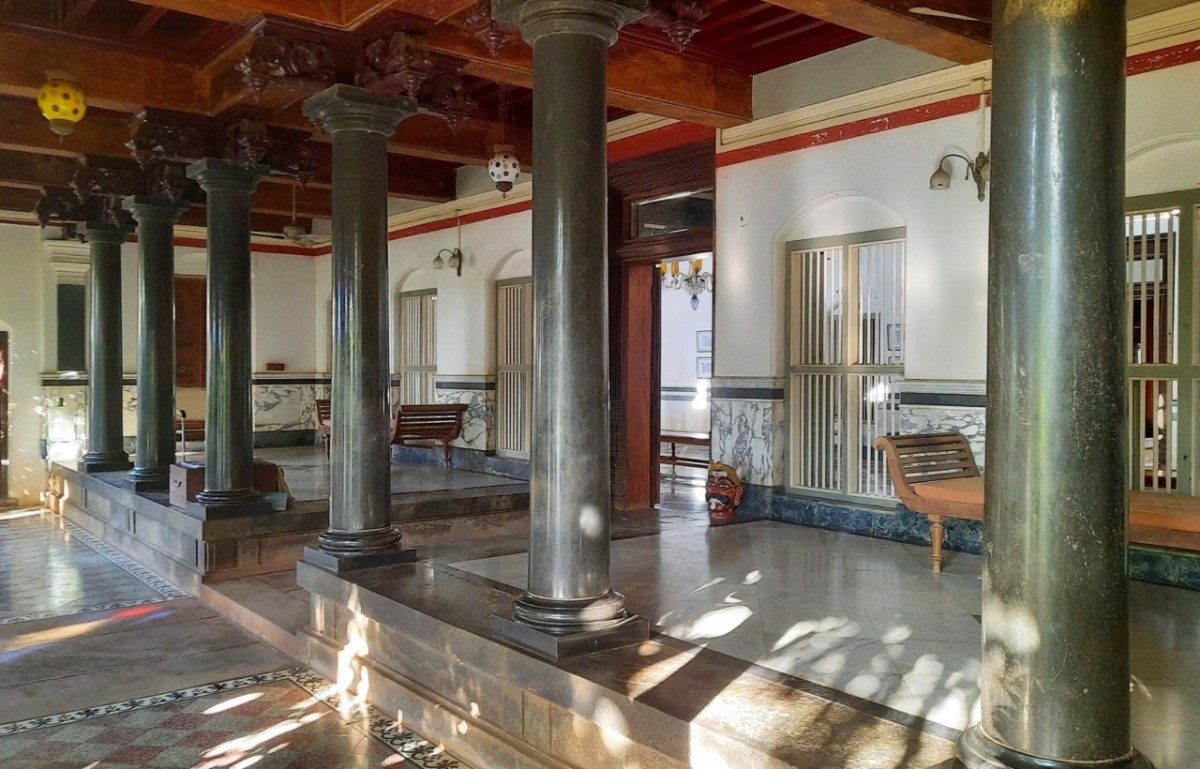For the Future: 5 Principles of Sustainable Architecture
- December 29, 2023
- By: Editorial Team
- INFLUENCERS
.jpg) Sustainable architecture has evolved over time under a variety of titles and guises. There are many different definitions of what constitutes sustainable architecture, ranging from a structure made entirely of recycled materials to one that runs solely on solar energy.
Sustainable architecture has evolved over time under a variety of titles and guises. There are many different definitions of what constitutes sustainable architecture, ranging from a structure made entirely of recycled materials to one that runs solely on solar energy.
Architects can design energy-efficient and environmentally responsible buildings that support conservation, take into account the effects of their work on the environment, and preserve historical sites by adhering to sustainable design principles.
In essence, the building's whole life cycle and all of its parts are taken into account, in addition to the building's potential effects on the local economy and environment.
.jpg) Exploiting Natural Energy: The claim made here is that, like all living things, humans ought to draw their energy from everlasting sources like the sun and wind. This strategy in sustainable architecture concept, makes use of the plentiful energy that these renewable sources offer in order to power buildings and lessen reliance on non-renewable resources.
Exploiting Natural Energy: The claim made here is that, like all living things, humans ought to draw their energy from everlasting sources like the sun and wind. This strategy in sustainable architecture concept, makes use of the plentiful energy that these renewable sources offer in order to power buildings and lessen reliance on non-renewable resources.
Solar Power: Sunlight can be converted into electricity by designing buildings with solar panels integrated into them. This clean, renewable energy source lowers the building's carbon footprint in addition to utility costs.
Passive Solar Design: By carefully positioning buildings to maximize natural sunlight and heat, architects can reduce the need for artificial lighting and heating. This technique is known as passive solar design. This improves occupants' general comfort and well-being in addition to saving energy.
Wind Energy: Wind energy can be captured by wind turbines and architectural elements like wind-catchers to create electricity and encourage natural ventilation inside buildings.
Using natural energy promotes long-term cost savings and a healthier environment in addition to being in line with sustainability objectives in sustainable architecture design. Building for a greener future is based on sustainable architecture's dedication to harnessing the power of nature.
.jpg) Waste Deduction: The sustainable architecture goal should be to get rid of waste in all its forms and to make use of all the resources available to all products and processes.This fundamental principle highlights how crucial it is to lessen the use of natural resources and the ecological impact of buildings.
Waste Deduction: The sustainable architecture goal should be to get rid of waste in all its forms and to make use of all the resources available to all products and processes.This fundamental principle highlights how crucial it is to lessen the use of natural resources and the ecological impact of buildings.
Material Efficiency: Using locally produced, recycled, or reclaimed materials is a top priority for sustainable architects. As a result, less waste is produced during construction, and less new resource extraction is required.
Design for Deconstruction: Buildings are made with the intention of dismantling and recycling their components rather than disposing of them in landfills when their useful lives are coming to an end.
Resource optimization is the process by which architects use technology and careful planning to minimize waste and excess materials used in construction. This approach saves money and minimizes waste.
Water Conservation: Water waste is decreased both inside and outside of buildings when sustainable architecture incorporates water-efficient fixtures and systems.
Life Cycle Assessment: Architects make sure that decisions made today won't result in waste issues down the road by taking into account the environmental impact of materials and systems over the course of their entire lifespan.
Reducing waste in sustainable architecture promotes a healthier planet and more effective use of resources while also meeting economic and ecological objectives. This idea emphasizes how important architects are in promoting sustainability.
.jpg) Use More of Natural, Local Resources: When buildings are designed with materials that have traveled great distances and you have little control over how these materials are harvested, an excessively high carbon footprint is produced in sustainable architecture design concepts.
Use More of Natural, Local Resources: When buildings are designed with materials that have traveled great distances and you have little control over how these materials are harvested, an excessively high carbon footprint is produced in sustainable architecture design concepts.
One can help the local economy and drastically lower your carbon footprint by only using local materials when building. Unlike other materials that need to be adjusted to achieve the same levels of quality, natural building materials can help to promote daylighting and provide superior quality acoustics.
There are Limitations Too: Nothing we create is permanent, so those in charge of design ought to have humility toward nature and view it as a model rather than a hassle or a challenge that needs to be solved.
Establishing clear Lines of Communication, collaboration, and coloration between contractors, engineers, architects, and finally the end user is crucial in this situation.
Strive for Ongoing Development: By exchanging information and keeping lines of communication open, we can start to make connections between our shared ethical obligations and long-term sustainable concerns.
By using non-toxic building materials, we can create sustainable buildings that improve lives and create a healthier living and working environment.
.jpg) Conclusion: At its core, sustainable architecture trends are a commitment to a better, greener future rather than just the design of stunning structures.
Conclusion: At its core, sustainable architecture trends are a commitment to a better, greener future rather than just the design of stunning structures.
Architects can lead the way in sustainable design by emphasizing site sensitivity, utilizing natural energy, encouraging waste elimination, embracing material efficiency, and advocating for occupant well-being.
These guidelines not only lessen our negative effects on the environment but also improve the living conditions inside and outside of our buildings. They open the door to a future where buildings protect the environment, provide comfort and health to their occupants, and work in harmony with nature.
BMR believes in delivering the right and the best! Stay tuned with us for more ideas related to sustainability, design, architecture and construction materials in the industry.








